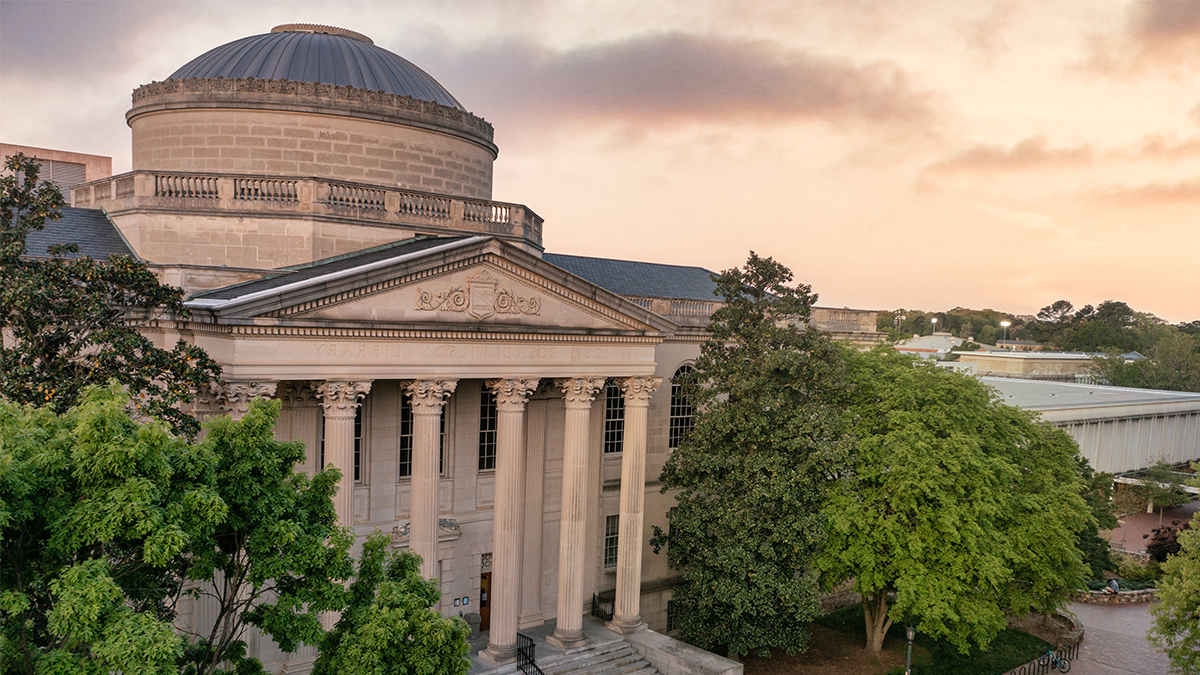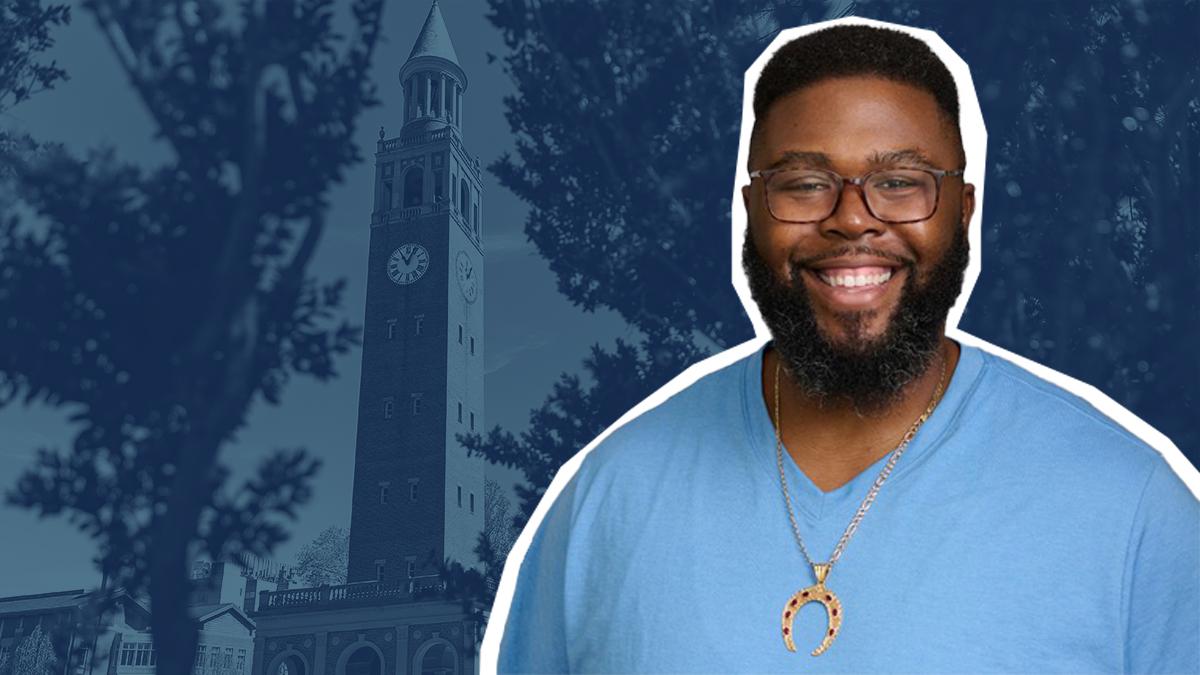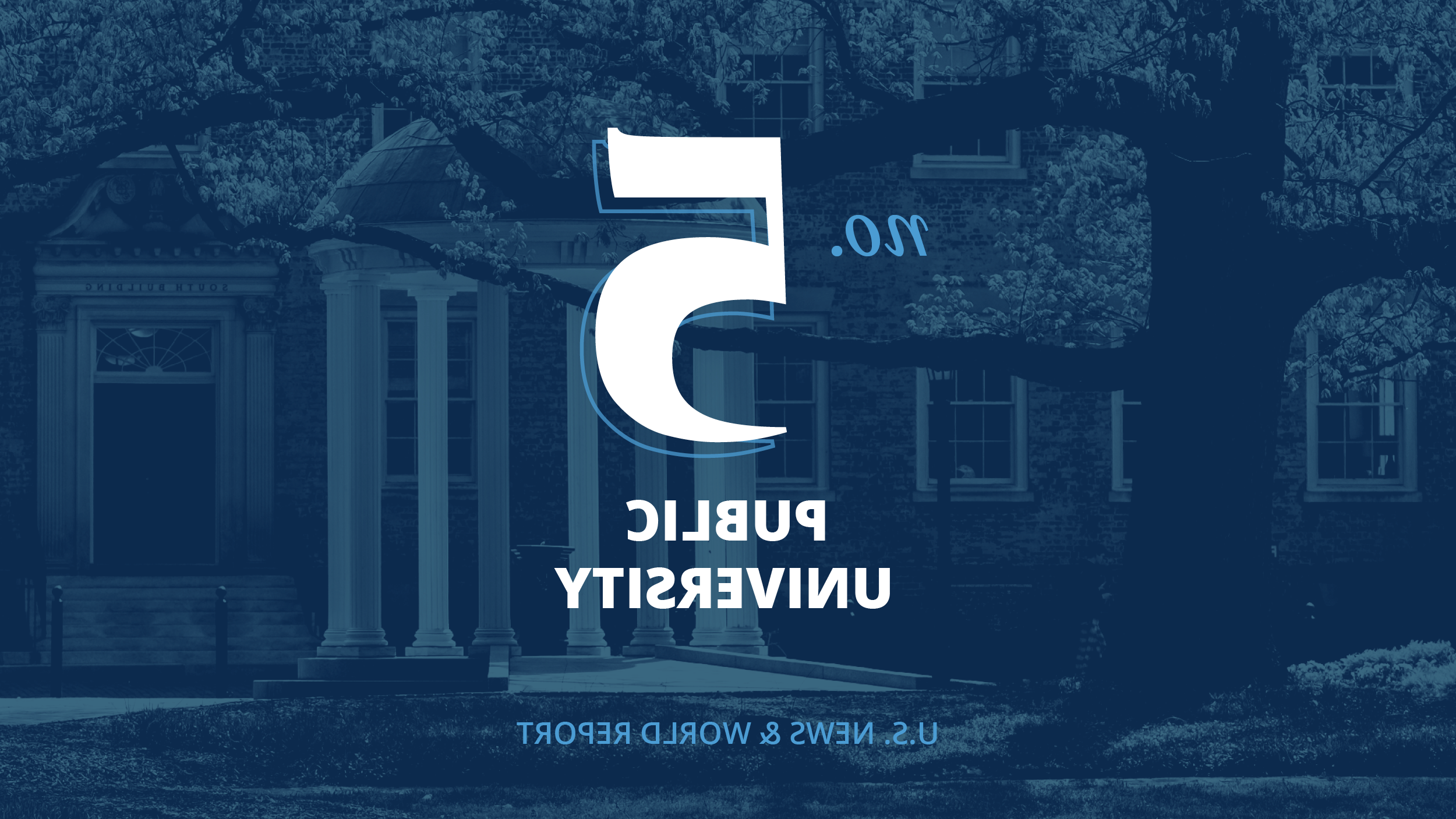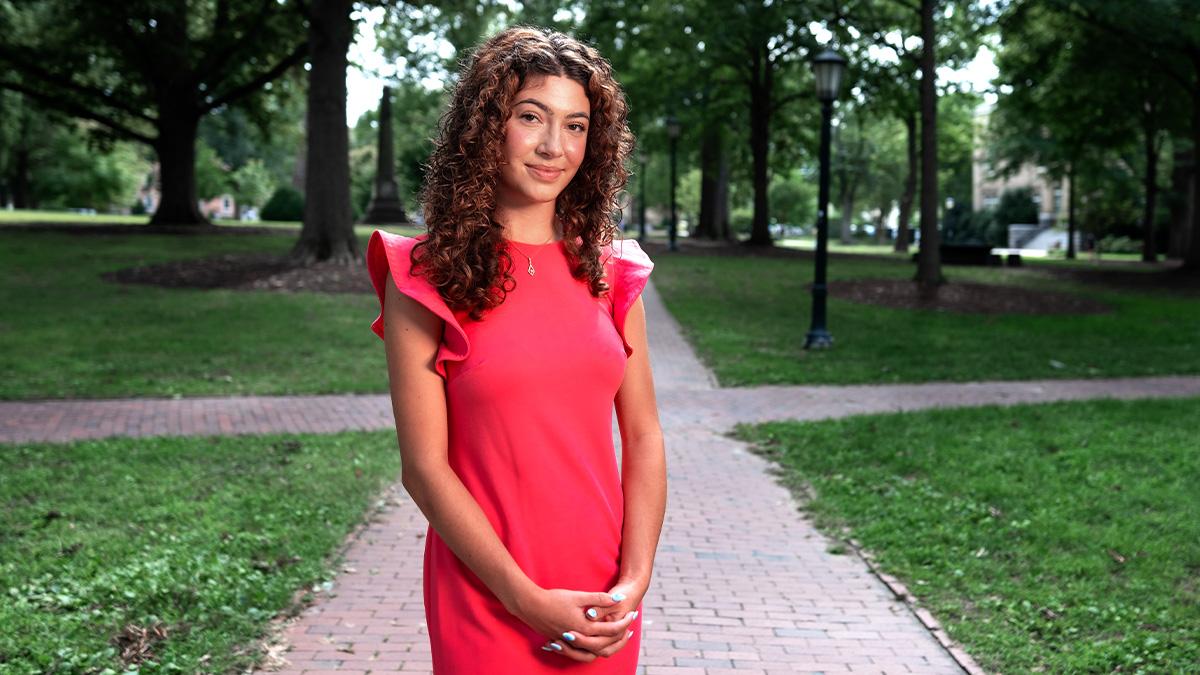急诊科医生从火中救出邻居
使用他教授医学生的方法. Abhi Mehrotra calmly guided her from a burning house.

刚过1点.m. 4月5日. Abhi Mehrotra was walking his mini-labradoodle in his southwest Durham neighborhood when he saw black smoke coming from a house. He also saw that someone was inside the house, a woman standing at a window.
That’s when his unruffled demeanor and years of practicing emergency medicine kicked in.
Mehrotra, a UNC Hospitals physician and clinical professor in the UNC School of 医学’s emergency medicine department, 催促女人用直接, 但心平气和的话离开了家. 她从窗口走开了, then returned to say that she couldn’t open the house’s doors, 于是梅罗特拉拉开了纱窗. The woman put one leg over the windowsill, then said she was nervous. But Mehrotra wouldn’t let her stop and gently helped her down and to the sidewalk. Moments later, a large flaming chunk of the roof fell on the spot where they had stood.
“Part of our training in the emergency department is to maintain our sense of calm, 所以我尽量让她平静下来, 同时继续评估形势,梅罗特拉说, who also coordinates all UNC健康 system emergency departments.
Assessing situations is fundamental to emergency medicine, Mehrotra said. In fact, he became a resident at the UNC School of 医学 in 2000 so that he could train with Dr. Judith Tintinalli, the world’s expert in the assessment process. Tintinalli, professor and chair emeritus in the school’s emergency medicine department, wrote the definitive and hefty textbook on the topic. Mehrotra keeps a copy of “Tintinalli’s Emergency 医学” on his office bookshelf.
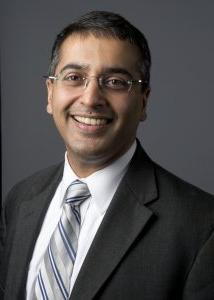
Dr. Abhi Mehrotra
在实习结束前, Mehrotra knew that he wanted a position in which he could see patients and teach medical students and residents. Carolina offered him a job, and he’s been here for 21 years. Mehrotra teaches what he learned – how to find an immediate intervention to stabilize a patient. All medical students do an ED rotation, regardless of their specialty.
“It’s about having a systematic approach,” he said. “During the initial assessment of any critical patient, 这是abc -气道, 呼吸, 循环. You synthesize all the data elements – their medical history, what’s going on – and assess the diagnostic tests and therapeutic items you need to do, 需要什么药物?, then determine what the potential problems could be.” After that differential diagnosis and stabilization, he and the medical team look for a more precise diagnosis.
Mehrotra followed a similar process on the day of the fire. He first smelled the smoke and thought a neighbor was barbecuing. But when he saw the smoke increasing and the woman at a window, his inherent training took over.
After firefighters and paramedics arrived on the scene, Mehrotra left for his shift at the UNC Hospitals emergency department in Chapel Hill. He wound up treating a firefighter who had been injured in the roof collapse. It was just another day of unexpected challenges, teaching and learning.
“我每次轮班都会学到一些东西. 每一次与病人的会面都是一次令人谦卑的经历. I hope I portray that lesson to our residents,” Mehrotra said. “There are times when it is about the highly experienced nurses that you learn from while treating the patient, and other people with specialized skills like respiratory techs. 这是一个完整的、基于团队的环境. 我只是很荣幸能带领这个团队.”

